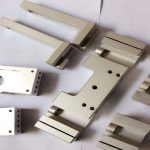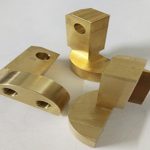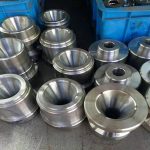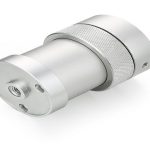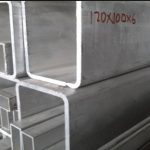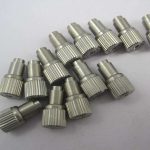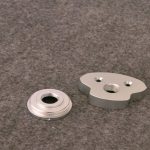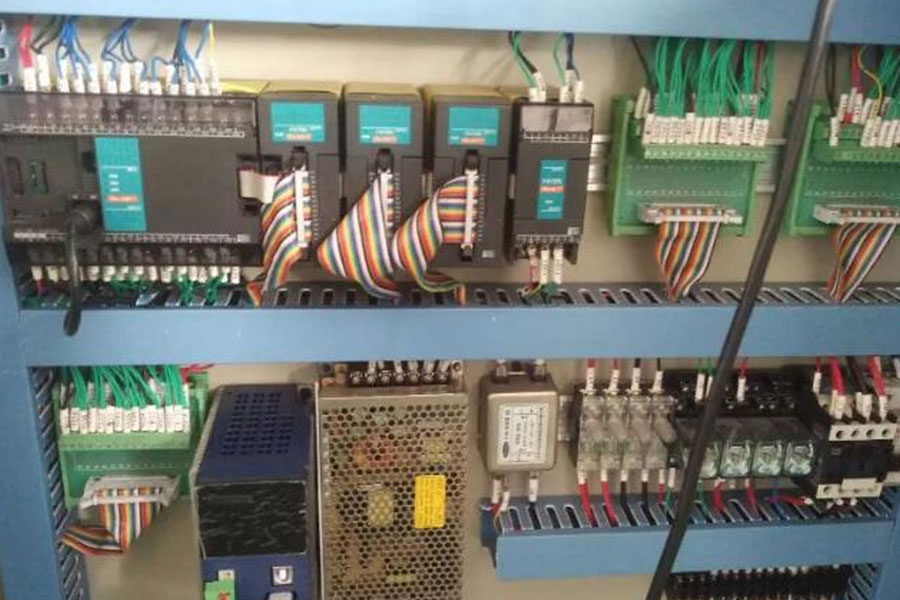
The difference between PLC and SCM is:
- 1. PLC is a relatively mature control system composed of single-chip microcomputers. It is a product of a mature and stable single-chip application system that has been debugged and has strong versatility.
- 2, and the single-chip microcomputer can form a variety of application systems, with a wider range of applications. As far as “microcontroller” is concerned, it is only an integrated circuit, and it must be used in a system with other components and software.
- 3. From the perspective of engineering use, it is quick and convenient to adopt PLC for a single project or a project with very few repetitions, with high success rate and high reliability, but the cost is relatively high.
- 4. For large-volume supporting projects, the use of a single-chip microcomputer system has the advantages of low cost and high efficiency, but it requires considerable research and development strength and industry experience to make the system stable.
In essence, PLC is actually a set of ready-made single-chip microcomputer (microcontrollers with a wide range) system.
But PLC also has its characteristics: PLC widely uses ladder diagram instead of computer language, which has certain advantages for programming. You can understand the ladder diagram as the same as the calculator language such as assembly, it is a programming language, but the scope of use is different! And the usual practice is to convert your ladder diagram into C or assembly language by PLC software (determined by the CPU used by the PLC), and then use assembly or C compilation system to compile it into machine code! What the PLC runs is only machine code. Ladder diagrams just make it easier for users to use.
As mentioned above, the MCS-51 single-chip microcomputer can of course also be used for PLC production, but the 8-bit CPU is used in some advanced applications such as: a large number of operations (including floating point operations), embedded systems (now UCOS can also be transplanted to MCS-51) Wait, it’s a little too powerful, but with the addition of DSP, it can already meet the general requirements, and also using ladder diagram programming, we can convert the ladder diagram into C51 and then use KEIL’s C51 to compile. We can also find that different types of PLCs will use different CPUs. In fact, it also shows that PLC is a set of ready-made single-chip microcomputer systems.
That being the case, of course, you can also directly develop the control system with a single-chip microcomputer, but the requirements for developers are quite high (not the general level can be competent), the development cycle is long, and the cost is high (for some large-scale systems you need to do experiments, printed circuit boards It requires a considerable amount of expense. You can say that you use an emulator and experiment board to develop, but I want to tell you that you just verify the feasibility of the hardware and software, and it does not mean that it can be used in industrial control systems. , Because the industrial control system has very high requirements for anti-interference, stability first, not performance first, so your circuit board design must continue to experiment and improve). When you solve the above problems, you will find that you have built a PLC. Of course, if you need others to use it easily, you also need a set of software, so you don’t need to tell others about your circuit. You can’t tell others.
In this way, PLC is not mysterious. Many PLCs are very simple. In addition to the high speed of the internal CPU, other functions are not as good as ordinary single-chip microcomputers. Usually PLC uses 16-bit or 32-bit CPU, with 1 or 2 serial channels to communicate with the outside world, and there is a timer inside. If you want to improve the reliability, add a watchdog timer to solve the problem.
In addition, the key technology of the PLC is that a program that can explain the ladder diagram language and an auxiliary communication program are solidified inside. The efficiency of the ladder diagram language interpreter determines the performance of the PLC, and the communication program determines the difficulty of the PLC to exchange information with the outside world. . For simple applications, it usually operates as an independent controller, and does not need to exchange information with the outside world, only a program that can explain the ladder diagram language is solidified inside. In fact, the main job of designing a PLC is to develop and explain the ladder diagram language program. The current single-chip microcomputer can completely replace the PLC. The previous single-chip microcomputer has no way to compare with PLC due to its weak stability and anti-electromagnetic interference ability. The current single-chip microcomputer may have achieved high stability and strong anti-interference ability and has been replaced in some fields.
Please keep the source and address of this article for reprinting:The Essential Difference Between PLC And SCM Control System
Reprint Statement: If there are no special instructions, all articles on this site are original. Please indicate the source for reprinting:https://www.cncmachiningptj.com/,thanks!
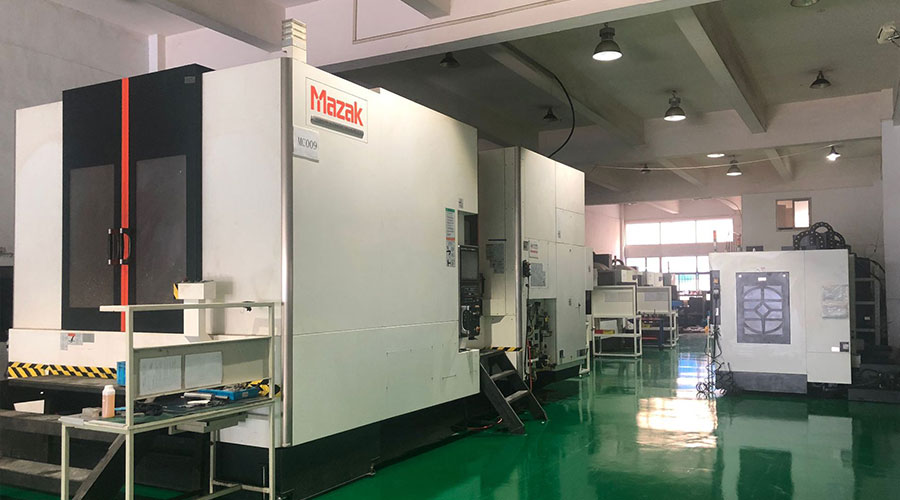 3, 4 and 5-axis precision CNC machining services for aluminum machining, beryllium, carbon steel, magnesium, titanium machining, Inconel, platinum, superalloy, acetal, polycarbonate, fiberglass, graphite and wood. Capable of machining parts up to 98 in. turning dia. and +/-0.001 in. straightness tolerance. Processes include milling, turning, drilling, boring, threading, tapping, forming, knurling, counterboring, countersinking, reaming and laser cutting. Secondary services such as assembly, centerless grinding, heat treating, plating and welding. Prototype and low to high volume production offered with maximum 50,000 units. Suitable for fluid power, pneumatics, hydraulics and valve applications. Serves the aerospace, aircraft, military, medical and defense industries.PTJ will strategize with you to provide the most cost-effective services to help you reach your target,Welcome to Contact us ( [email protected] ) directly for your new project.
3, 4 and 5-axis precision CNC machining services for aluminum machining, beryllium, carbon steel, magnesium, titanium machining, Inconel, platinum, superalloy, acetal, polycarbonate, fiberglass, graphite and wood. Capable of machining parts up to 98 in. turning dia. and +/-0.001 in. straightness tolerance. Processes include milling, turning, drilling, boring, threading, tapping, forming, knurling, counterboring, countersinking, reaming and laser cutting. Secondary services such as assembly, centerless grinding, heat treating, plating and welding. Prototype and low to high volume production offered with maximum 50,000 units. Suitable for fluid power, pneumatics, hydraulics and valve applications. Serves the aerospace, aircraft, military, medical and defense industries.PTJ will strategize with you to provide the most cost-effective services to help you reach your target,Welcome to Contact us ( [email protected] ) directly for your new project.
Link to this article:The Essential Difference Between PLC And SCM Control System
Reprint Statement: If there are no special instructions, all articles on this site are original. Please indicate the source for reprinting:Tungusten,Thanks!^^

